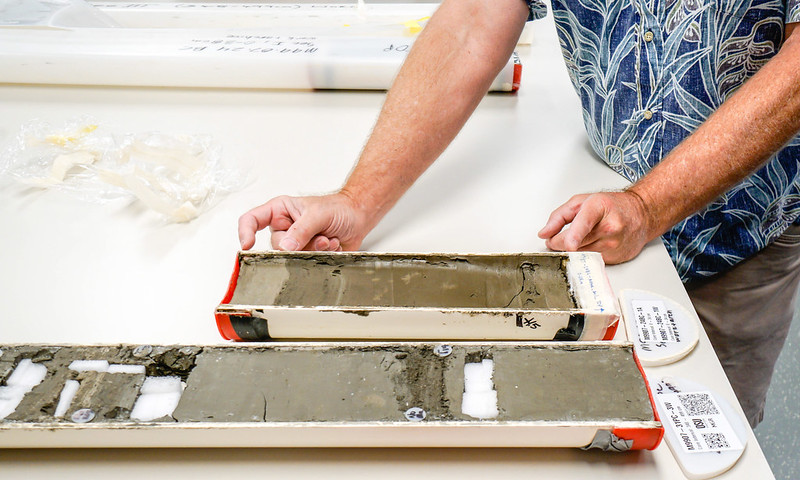A recent study has revealed a potential synchronization between two major fault systems on North America’s West Coast: the Cascadia subduction zone and the San Andreas fault. Researchers found that earthquakes on one fault could trigger seismic events on the other, raising significant concerns for disaster preparedness along the coast. The study, led by Chris Goldfinger, a marine geologist at Oregon State University, offers new insights into the behavior of these fault lines.
Goldfinger and his research team analyzed deep-sea sediment cores that span approximately 3,100 years of geological history. They focused on layers known as turbidites, which are deposited by underwater landslides typically triggered by earthquakes. Their examination uncovered striking similarities in the timing and structure of turbidite layers from both fault systems, suggesting a possible seismic connection.
The study highlights instances in the past 1,500 years where ruptures on the Cascadia subduction zone and the northern San Andreas fault may have occurred within minutes to hours of each other. One notable event occurred in 1700, when both faults likely ruptured in quick succession. This synchronization has critical implications for hazard planning, as Goldfinger noted: “An earthquake on one of the faults could deplete resources nationwide. If both faults were to activate simultaneously, cities like San Francisco, Portland, Seattle, and Vancouver could face emergencies within a compressed timeframe.”
For decades, geologists have speculated about the possibility of synchronized fault activity, with only one observed case in history. This occurred in Sumatra in 2004 and 2005, where two seismic events were recorded three months apart. Goldfinger’s investigation into the Cascadia and San Andreas faults was inspired by a navigational error during a 1999 ocean research cruise. Originally intended to study the Cascadia subduction zone off the coast of Oregon and northern California, the crew inadvertently drilled into the San Andreas zone, uncovering a sediment core with unique characteristics.
This core displayed an unusual layering pattern, which the researchers interpreted as evidence of a significant earthquake on the Cascadia subduction fault, followed by subsequent movement on the San Andreas fault. The analysis revealed what they termed “doublets”—a layering structure where coarse sediment lies atop finer material, indicating closely timed seismic activity rather than aftershocks or other phenomena.
To further substantiate their findings, the team employed radiocarbon dating on turbidite layers from cores collected north and south of Cape Mendocino, where the northern San Andreas fault and Cascadia subduction zone converge. Their results strongly suggest that the inverted layering is a result of simultaneous earthquakes from both systems.
Alongside Goldfinger, other contributors to the study include Ann Morey, Christopher Romsos, and Bran Black from Oregon State’s College of Earth, Ocean, and Atmospheric Sciences; Jeff Beeson from the National Oceanic and Atmospheric Administration; Maureen Walzcak from the University of Washington; Alexis Vizcaino from Springer Nature Group in Germany; Jason Patton from the California Department of Conservation; and C. Hans Nelson and Julia Gutiérrez-Pastor from the Instituto Andaluz de Ciencias de la Tierra in Spain.
These findings underscore the need for enhanced preparedness and resource allocation in anticipation of potential seismic events affecting multiple urban centers along the West Coast. The implications of such synchronized activity could be profound, as communities brace for the impact of the next “Big One.”
